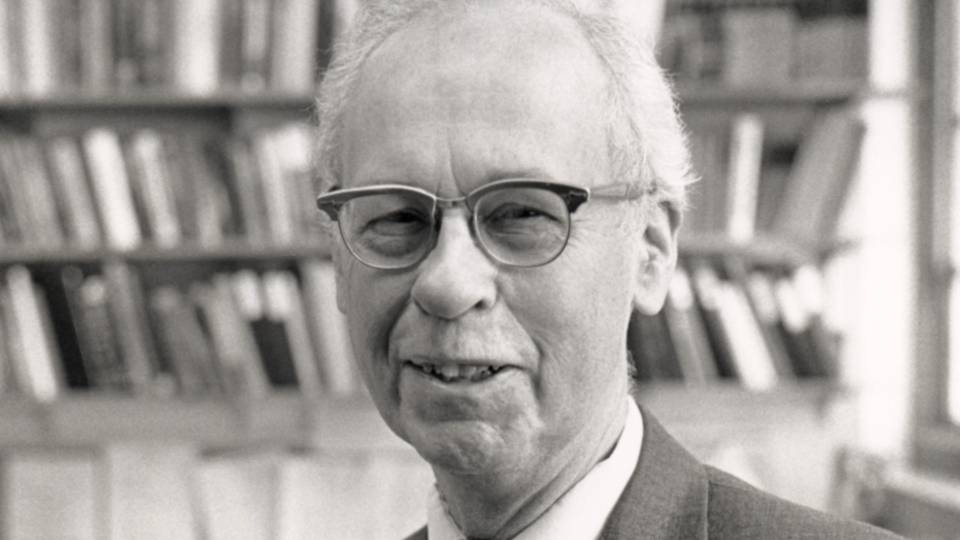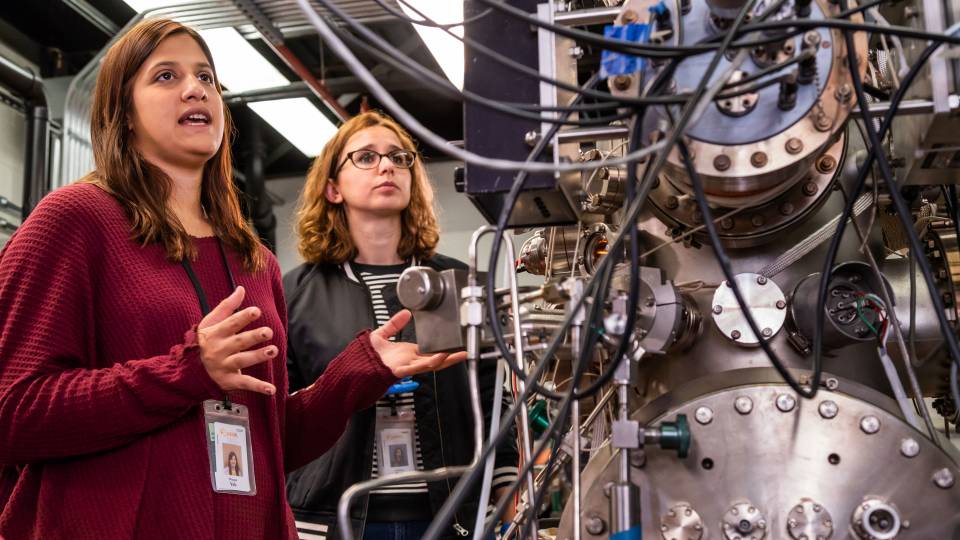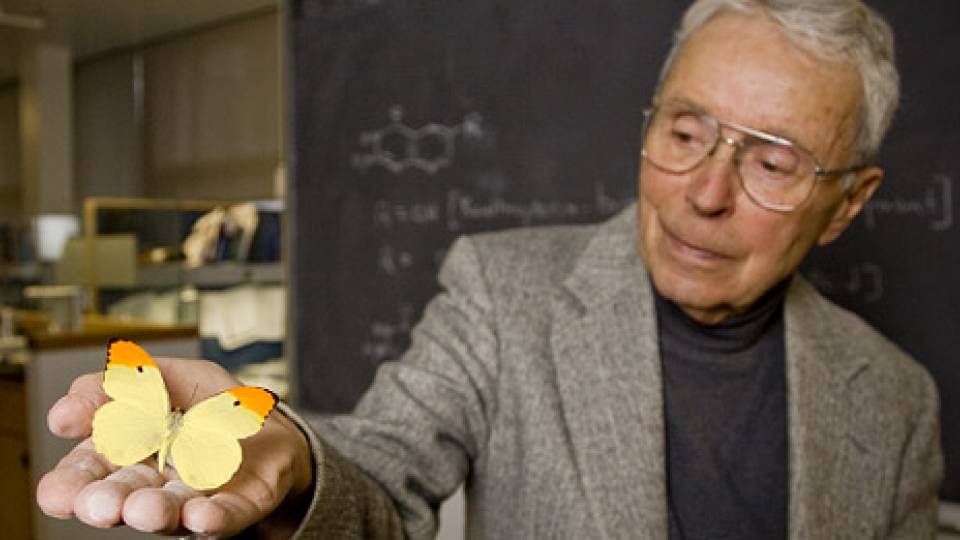Edward Stiefel, a gifted Princeton chemist who bridged the fields of
industry and academia, died Sept. 4 in New Brunswick, N.J., from
pancreatic cancer. He was 64.
Stiefel, the Ralph W. Dornte Lecturer with the rank of professor,
joined the chemistry faculty in 2001 after retiring from ExxonMobil.
"Ed was a wonderful colleague, a generous and compassionate friend, and
an inspiring mentor," said John Groves, the Hugh Stott Taylor Chair of
Chemistry at Princeton, who first met Stiefel when they were graduate
students at Columbia University.
A graduate of New York University, Stiefel earned his Ph.D. from
Columbia in 1967. He taught for seven years at the State University of
New York-Stony Brook, then served as an investigator and senior
investigator at the Charles F. Kettering Research Laboratory.
In 1980, he joined Exxon as a research associate. Over the next 21
years, he became a senior research associate, scientific adviser and
senior scientific adviser. He was a scientific architect of the cleanup
of the Exxon Valdez oil spill in Alaska in 1989, applying the
principles of bioinorganic chemistry and microbiology to this
large-scale environmental remediation project. He also was the inventor
of the commercially important "thiomolybdate" additive for lubricating
oils.
Stiefel held 30 U.S. patents and published more than 150 scientific
articles. His review article on "The Coordination and Bioinorganic
Chemistry of Molybdenum" has been cited in more than 800 publications.
He was co-editor with Harry Gray, Joan Valentine and Ivano Bertini of
the recently published book "Biological Inorganic Chemistry."
Stiefel was a member of the board of reviewing editors of Science
magazine, a fellow of the American Association for the Advancement of
Science and a winner of the American Chemical Society Award in
Inorganic Chemistry in 2000. He was founding co-chair of the Molybdenum
and Tungsten Enzymes Gordon Conference (with Russ Hille) in 1999 and of
the Inaugural Gordon Research Conference on Environmental Bioinorganic
Chemistry (with François Morel) in 2002.
At Princeton, Stiefel was affiliated with the Princeton Environmental
Institute in addition to the chemistry department. His research
interests included the bioinorganic, coordination and environmental
chemistry of transition metal ions. He was a key principal investigator
(with Charles Dismukes) in Princeton's bio-solar hydrogen program.
Also a talented teacher, Stiefel worked with Groves to develop a new
class called "Metals in Biology" that became one of the most popular
graduate courses in the department. In addition, Stiefel taught a
freshman seminar on "Elements of Life." "Ed's genius lay in his uncanny
ability to 'see' complex chemical issues over a wide range of scale,
from global to the molecular," Groves said.
Another colleague, Michael Hecht, remembers the many wide-ranging
conversations in the hallway with Stiefel, who had the office next
door. "He had the sort of enthusiasm and exuberance that made you
almost feel like he was going to leave the ground," said Hecht, a
professor of chemistry.
"One of us would think about something that was a little bit off-topic,
but related," he said. "Those digressions were sort of parentheses
within a topic, but then we'd come on something else -- there would be
parentheses within parentheses. But you never closed the parenthesis
because you were always planning to get back. When I walk by his door,
I feel like there are dangling conversations still left in the air and
many parentheses that are open but never closed. That was the kind of
person he was. There were always many things going on, one inside of
the other. He was full of knowledge and thought and interest and
concern about a million different topics."
Survivors include his wife, Jeannette, of Bridgewater; and daughter
Karen Hoerhold, her husband, Udo, and their two sons, of New Hampshire.
Funeral services were held on Sept. 6.





